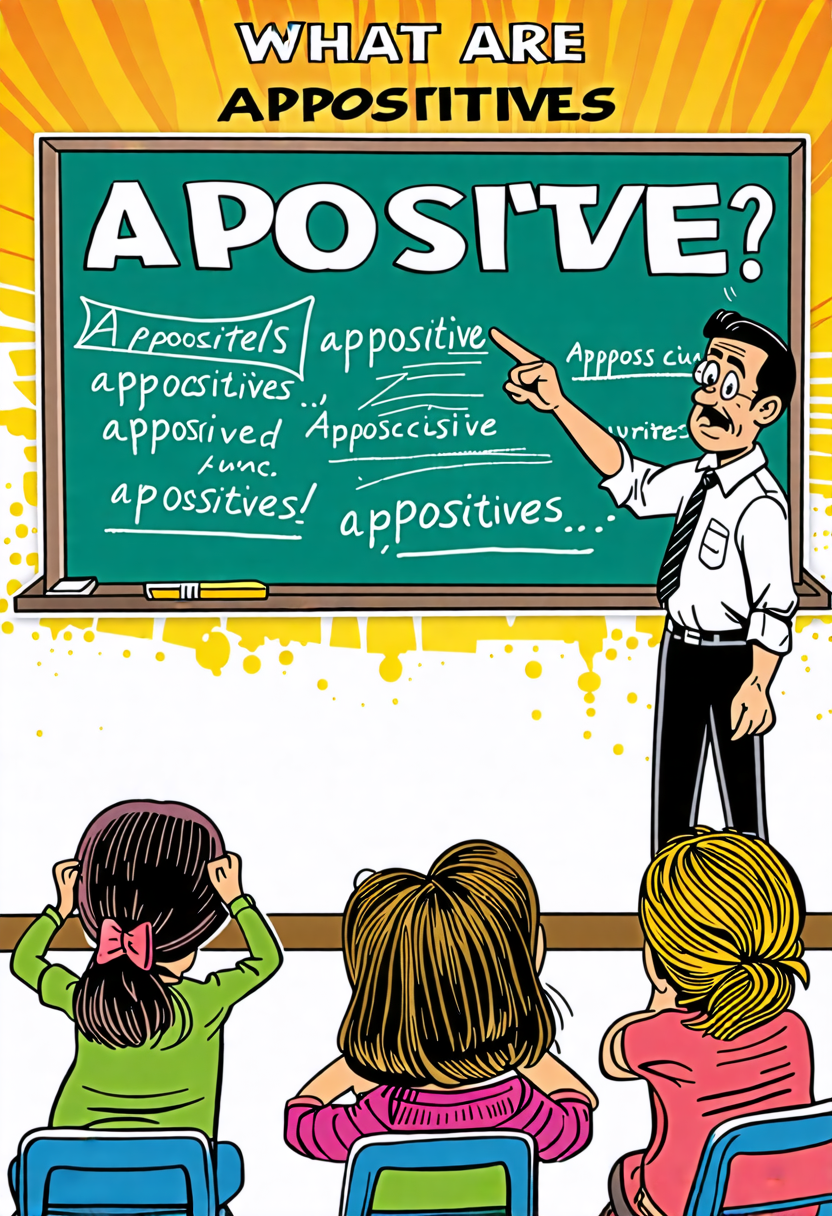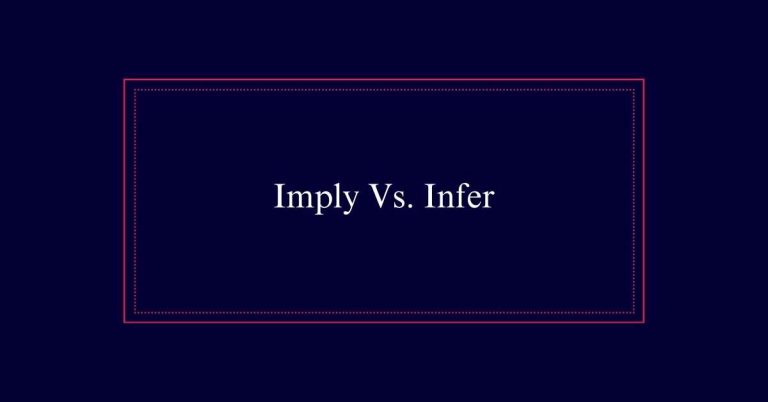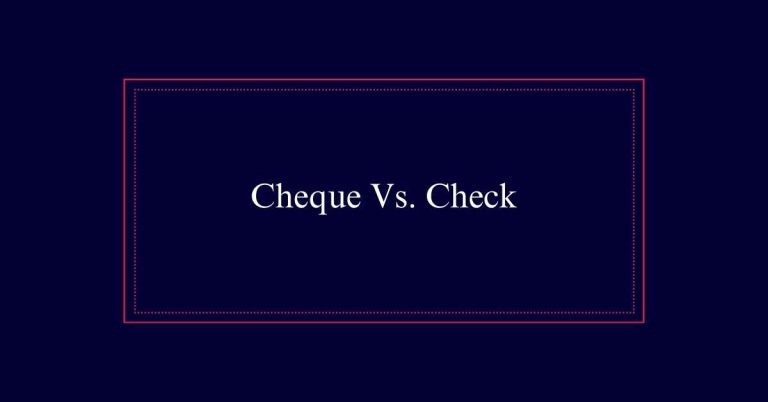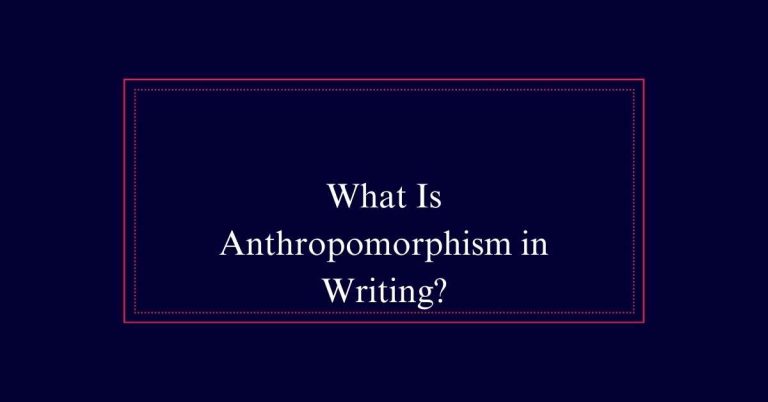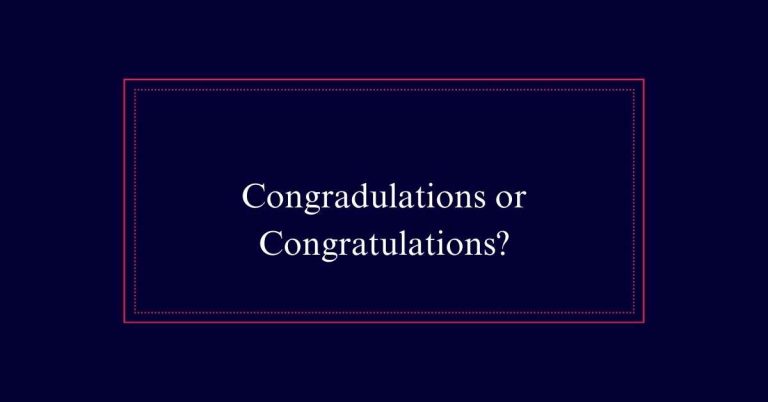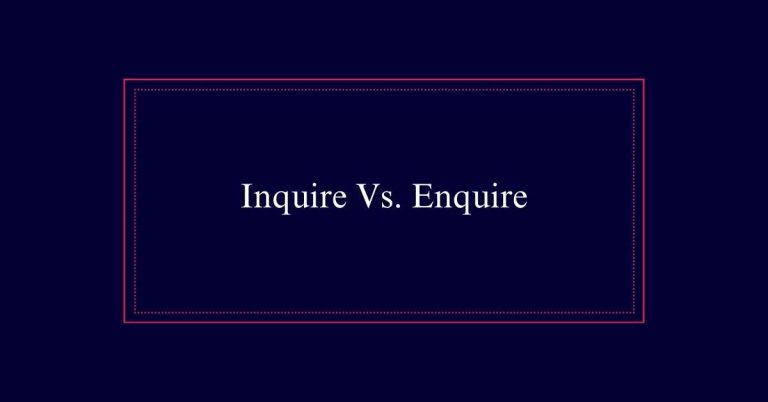What are Appositives? How to Use Them?
An appositive is a noun or noun phrase that provides extra information about another noun in a sentence. It can be essential or non-essential. Essential appositives, which are important to the meaning, do not use commas. Non-essential appositives add additional, non-essential details and are framed by commas.
Appositives add clarity, depth, and context, making sentences more informative. Correct comma usage is crucial for ensuring clarity. For instance, in ‘My brother, a skilled musician, plays several instruments,’ the appositive ‘a skilled musician’ adds detail.
Definition of Appositives
An appositive is a noun or noun phrase that provides additional information about another noun in a sentence. This extra detail can enhance understanding or add context.
For example, in ‘Hermione Granger, a witch at Hogwarts School, is accomplished at spells,’ the phrase ‘a witch at Hogwarts School’ is the appositive.
Appositives can be essential or non-essential. When non-essential, they are framed by commas, like ‘The Eiffel Tower, Gustave Eiffel’s masterpiece, can be found on the Champs de Mars.’ These appositives are not vital to the sentence’s core meaning but enrich it.
Vital appositives, such as ‘My friend Bill owes me fifty dollars,’ do not use commas because they are necessary for identifying the noun precisely.
Providing Bonus Information
Appositives offer bonus information that enriches the main noun by providing additional context or details. They serve to clarify or expand upon the noun, making the sentence more informative and engaging. Appositives can be framed by commas, parentheses, or em dashes, depending on their placement and the level of emphasis needed.
Here is a comparison to illustrate their function:
| Main Noun | Appositive Phrase | Enriched Sentence |
|---|---|---|
| Hermione Granger | a witch at Hogwarts School | Hermione Granger, a witch at Hogwarts School, is skilled. |
| The Eiffel Tower | Gustave Eiffel’s masterpiece | The Eiffel Tower, Gustave Eiffel’s masterpiece, is iconic. |
| My childhood friend | Anne-Marie | My childhood friend, Anne-Marie, loved horses. |
| Frédéric Chopin | a Polish composer | Frédéric Chopin, a Polish composer, was celebrated. |
Examples of Appositives
Examples of appositives help illustrate how they provide additional detail and clarity in sentences. An appositive can transform a simple sentence by adding more context and information.
Here are some examples:
- Hermione Granger, a witch at Hogwarts School, is accomplished at spells.
The appositive ‘a witch at Hogwarts School’ provides extra details about Hermione.
- The Eiffel Tower, Gustave Eiffel’s masterpiece, can be found on the Champs de Mars.
The appositive ‘Gustave Eiffel’s masterpiece’ adds information about the Eiffel Tower.
- My childhood friend, Anne-Marie, loved horses.
The appositive ‘Anne-Marie’ specifies which childhood friend is being referred to.
Commas and Appositives
The correct use of commas is essential when incorporating appositives into your writing. Appositives provide extra information about a noun and are usually nonrestrictive, meaning they are not vital to the sentence’s meaning. These should be framed by commas. For example, ‘Frédéric Chopin, a Polish composer, was one of the most celebrated virtuoso pianists of his day.’
Here is a table summarizing the key points:
| Rule | Example | Explanation |
|---|---|---|
| Use commas for nonrestrictive appositives | ‘My brother, a chef, loves to cook.’ | Provides extra but non-essential information |
| No commas for restrictive appositives | ‘My friend Bill owes me fifty dollars.’ | ‘Bill’ is essential to identify which friend |
| Appositive at sentence end | ‘She loves her pet, a golden retriever.’ | Place a comma before the appositive |
| Alternate punctuations | ‘The Eiffel Tower—Gustave Eiffel’s masterpiece—is iconic.’ | Parentheses or em dashes can also frame appositives |
Nonrestrictive Appositives
Nonrestrictive appositives, which provide additional but non-essential information, are framed by commas to enhance sentence clarity. These appositives add extra details but can be removed without altering the sentence’s core meaning.
For example, in ‘My friend Sarah, a talented artist, won an award,’ the phrase ‘a talented artist’ is nonrestrictive.
Usage: Nonrestrictive appositives are surrounded by commas to separate them from the rest of the sentence.
Example: ‘The CEO, a visionary leader, announced the new strategy.’
Clarity: Removing the appositive should leave a grammatically correct and meaningful sentence.
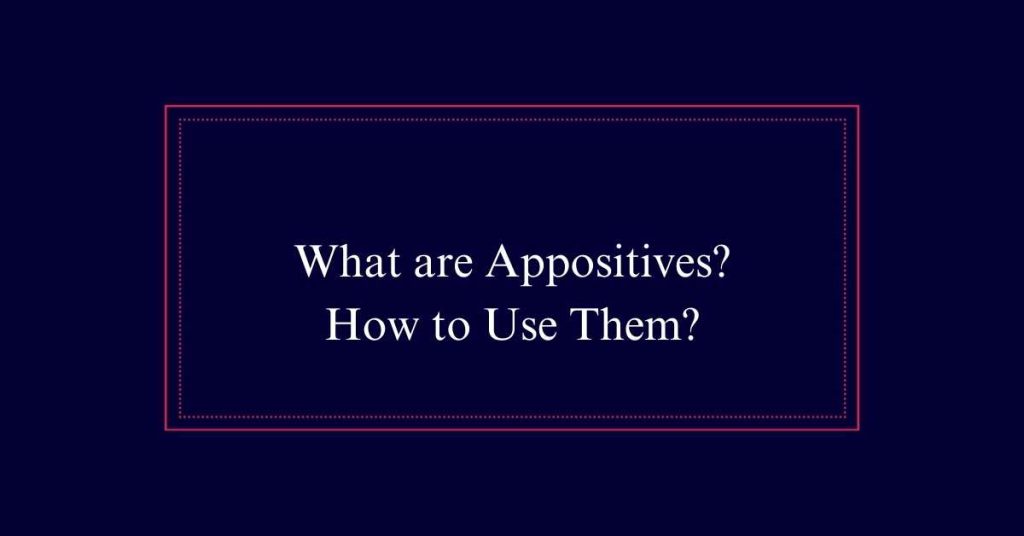
Nonrestrictive appositives enrich your writing by providing useful details while maintaining the sentence’s overall structure and clarity.
Punctuation Options
In addition to commas, nonrestrictive appositives can be framed by parentheses or em dashes.
Parentheses add a sense of afterthought or whisper, subtly inserting the extra information. For example, ‘My sister (an avid reader) loves mystery novels.’
Em dashes, on the other hand, create a stronger break and add emphasis to the appositive. An example would be, ‘The park—a popular spot for families—is always busy on weekends.’
Both options are useful when you want to vary your sentence structure or highlight the appositive differently. Remember, nonrestrictive appositives are not essential to the main sentence, so you have flexibility in choosing your punctuation method.
Using Restrictive Elements
Restrictive elements are essential for conveying specific meaning in a sentence. These elements provide important information, without which the sentence would be incomplete or unclear. Restrictive appositives narrow down the noun they describe, making them indispensable to the sentence’s meaning. Unlike nonrestrictive appositives, restrictive elements do not require commas.
Consider the following examples:
- The author J.K. Rowling wrote the famous Harry Potter series.
- My cousin Sarah is an excellent chef.
- The painting Mona Lisa draws millions of visitors annually.
In each case, the restrictive appositive (e.g., ‘J.K. Rowling,’ ‘Sarah,’ ‘Mona Lisa’) is crucial for understanding the sentence correctly. Without these elements, the sentences would lose their specific context and clarity.
Essential Vs Nonessential
Understanding the difference between essential and nonessential appositives is important for mastering their correct usage in sentences. Essential appositives are essential for the meaning of the sentence. They provide specific information that defines the noun and should not be framed by commas.
For example, in the sentence ‘My friend Bill owes me fifty dollars,’ the appositive ‘Bill’ is important.
Nonessential appositives, on the other hand, provide additional but not critical information. They are framed by commas, parentheses, or em dashes.
For instance, ‘Hermione Granger, a witch at Hogwarts School, is accomplished at spells.’ Here, ‘a witch at Hogwarts School’ adds extra detail but is not essential for understanding who Hermione Granger is.
Apposition in Grammar
Apposition in grammar involves placing a noun or noun phrase next to another noun to provide additional information or clarification. This grammatical structure helps to add detail and depth to sentences.
Appositives can be either vital or nonessential. Vital appositives are essential for the meaning of the sentence and do not require commas. Nonessential appositives, however, add extra information and are framed by commas, parentheses, or em dashes.
Understanding apposition can greatly improve writing clarity and richness.
Examples:
- My friend Bill owes me fifty dollars.
- My brother often likens himself to Zeus, the god of thunder.
- Frédéric Chopin, a Polish composer, was one of the most celebrated virtuoso pianists of his day.
Enriching Sentence Structure
Expanding on the concept of apposition, enriching sentence structure involves skillfully incorporating appositives to add detail and nuance.
Appositives provide additional information about a noun, enhancing the reader’s understanding. For example, ‘The Eiffel Tower, Gustave Eiffel’s masterpiece, can be found on the Champs de Mars.’ Here, the appositive ‘Gustave Eiffel’s masterpiece’ adds context to the Eiffel Tower.
Nonrestrictive appositives, which are not essential to the sentence’s significance, should be framed by commas. Alternatively, parentheses or em dashes can be used.
In contrast, vital appositives, necessary for the sentence’s core meaning, do not use commas. For instance, ‘My friend Bill owes me fifty dollars.’
Using appositives effectively enriches your writing by embedding valuable information seamlessly.
Frequently Asked Questions
Can Appositives Be Used in Poetry?
Yes, appositives can be used in poetry. They add descriptive detail and clarity. By providing additional information without interrupting the flow, appositives enhance the imagery and meaning, enriching the reader’s experience.
How Do Appositives Affect Sentence Rhythm?
Appositives can alter sentence rhythm by adding pauses and emphasis. They introduce additional details, causing readers to slow down and absorb extra information. This can make the sentence more engaging and nuanced.
Are Appositives Common in Legal Writing?
Appositives are common in legal writing. They offer precise definitions and clarifications. This helps in avoiding ambiguity. Legal documents often use nonrestrictive appositives, framed by commas, to add necessary information without altering the core meaning.
Can Appositives Be Used in Dialogue?
Yes, appositives can be used in dialogue. They add clarity and detail to the conversation. For example, “My sister, Maria, will join us.” This provides additional information about the subject, enhancing the sentence.
